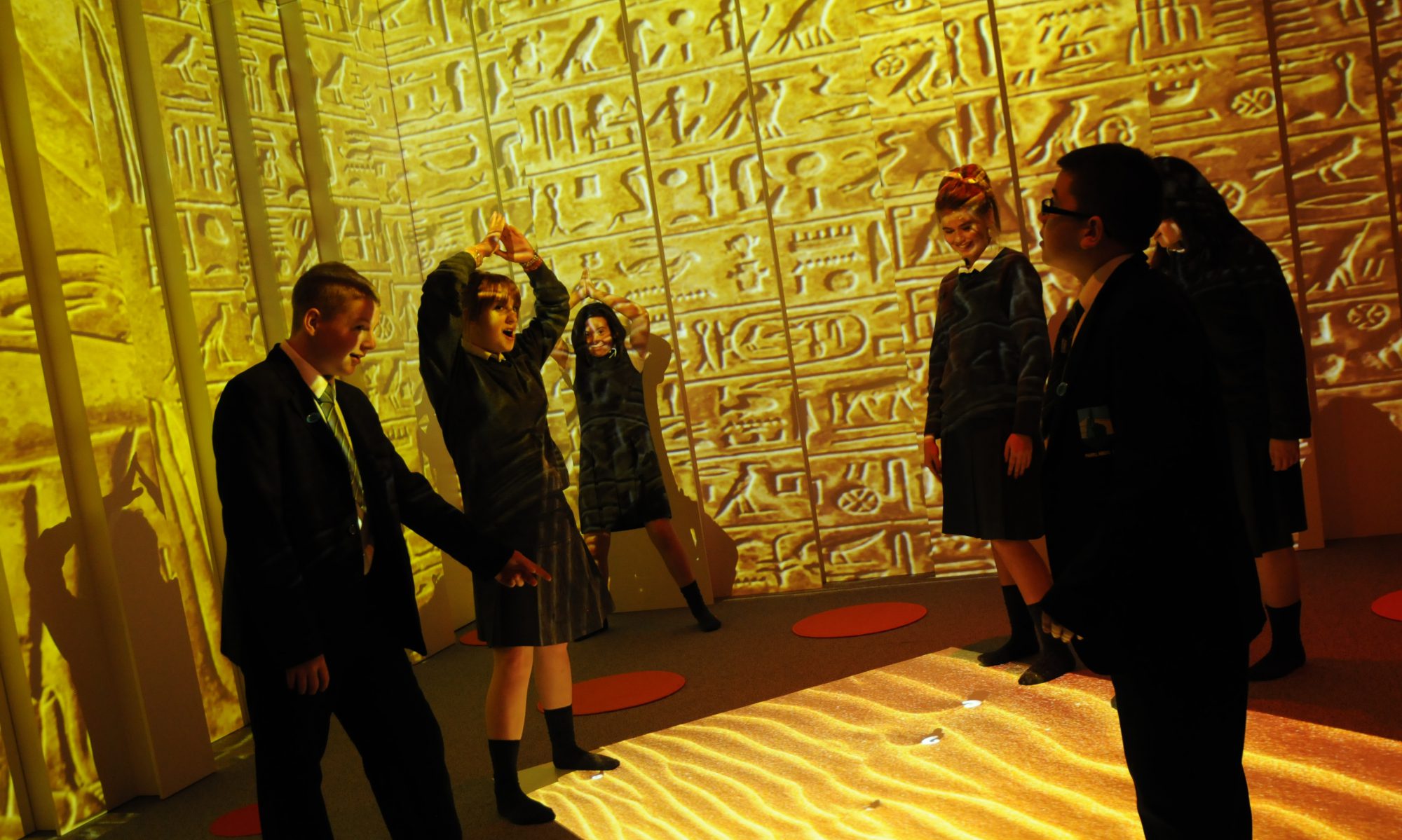[superquote]”..we need to bring creativity and technology back together across the curriculum”[/superquote]
Cathy’s first blog for the Guardian went live yesterday and so far the reaction has been fantastic. In the piece, Cathy explains some of her den making background that is still central to everything we do at 4D.
You can read the piece at the Guardian’s site via this link or the full transcript is below.
We’d love to hear what you think so you can either comment on the article, email us via our contact page or drop us a quick message on our Twitter feed (@4dcreative)
Why we need to bring creativity and technology back together across the curriculum
A professional den-maker on how she helps teachers transform their classrooms into thrilling learning environments
Last year Eric Schmidt, chairman of Google challenged the British education system. He said he was flabbergasted to learn that computer science isn’t taught as standard in UK schools. “Your IT curriculum focuses on teaching how to use software, but gives no insight into how it’s made. That is just throwing away your great computer heritage.”
Schmidt’s point goes deeper than a critique of today’s ICT teaching. He was highlighting the divisions between those who teach and learn humanities in Britain and everyone else in the science and engineering “camp”. Schmidt encouraged UK educationalists to reunite art and science, something that Apple’s founder Steve Jobs had advocated the benefits of many years earlier. In an interview with the New York Times in 1997, readers were reminded that Jobs had once said the Macintosh turned out so well because the people working on it were musicians, artists, poets and historians who also happened to be excellent computer scientists.
This enforced separation between technical and creative teaching and learning is something I see a lot in schools. I make my living as a den-maker – helping teachers morph dull classrooms into thrilling learning environments. Technology is essential to what I do, as important as the fabric, boxes, plastic hoops and giant envelopes I use.
I might project images of children working in a 19th century mill on the walls for a lesson on the industrial revolution. Sounds of the hum and crash of machines and the drip of water trickling down the walls is piped into the room. Lights are darkened and students are asked what it feels like to be twelve and working fourteen hours a day in a damp factory.
Children touch cold metal parts from an old weaving machine and feel the clumps of cotton threads which they might have had to clear from under machines if they had lived in Manchester 200 years ago. They see a bloodied bandage on the floor and talk about the dangers of working in a mill.
Suddenly the atmosphere changes and pupils stop what they are doing. We are in a state of the art computer factory, down the road in Manchester. Pictures of hi-tech machines fill the walls and the zoom and whiz of technology is heard all around us. Flashes of light convey a busy working environment. The children build a modern day work station complete with computer, desk, phone and iPad. Using large cardboard speech bubbles they talk about the differences between this twentieth century factory and the old mill. How have working conditions changed? How have the industries in their city developed in the last 200 years?
It’s this combination of low and high-tech resources that enables immersive learning to take place. Children see, hear, touch and imagine new ways of finding out about the industrial revolution. They ask questions, want to know more, they are keen to try things for themselves and own their learning. This is something you might not get from using text books or a video.
The key is integrating technology and creativity. I will never give up the bobbly white blanket, the large cardboard tubes, the crackly blue plastic sheet and bucket of polished stones that I use in many schools. But when these found materials are combined with sound, projected image and light to create an imagined environment, children are totally engrossed in the experience. They begin to empathise with twelve year old children in the Victorian era who had to work long hours and risk their fingers on sharp machines in the damp textiles mill. Their understanding is enhanced and they begin making links.
Yet in so many schools today science and the arts are kept separate. Children sit on their own in front of computer screens completing maths games rather than using video cameras in the school grounds to make films about number patterns in nature. Lights are saved for the school play, audio equipment for modern foreign language lessons.
Instead we need to use ICT to create socially rich experiences, right across the curriculum. It’s great that Michael Gove is encouraging teachers to use gadgets in computer science to develop the vision, imagination and creativity of children but what about drama or geography, history or creative writing lessons? We need to get better at using electronic resources creatively to make learning and teaching more effective.
• Cathy Cross is creative director of 4D creative. Find her on Twitter@cathy_cross.








